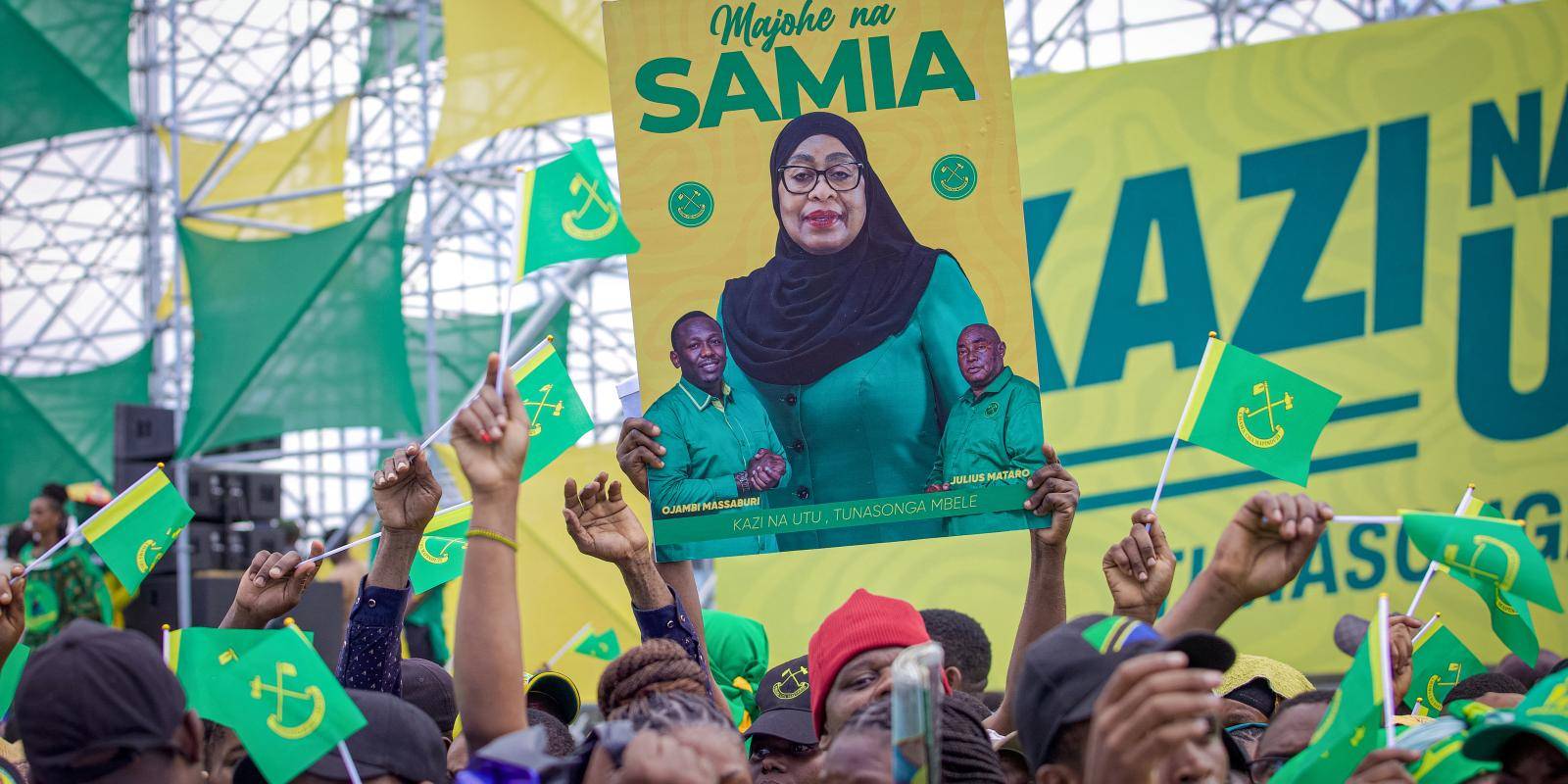When Jakaya Kikwete took office in December 2005, he returned CCM to a strong mandate (having won some 80% of the vote in 2005). His presidency began with optimism: a growing economy, elevated donor engagement and relative openness for civil society compared with previous decades.
Kikwete presided over relative stability and growth, but he left behind an opposition that was more confident.
Magufuli’s Era (2015 – 2021): “The Bulldozer” and the tightening of space
John Magufuli’s ascent in 2015 marked a turn in Tanzania’s politics. He campaigned on anti-corruption, infrastructure delivery and nationalist rhetoric. But his presidency also introduced an increasingly heavy hand in governance, especially toward opposition and media. Key features:
- In the 2020 election he was declared winner with about 84% of the vote while opposition parties and observers alleged fraud, media suppression and intimidation.
- Opposition leaders and candidates were detained, attacked or barred from campaigning. For example, the detention of Tundu Lissu, the opposition candidate, and other restrictions on rallies.
- The ban on political rallies, begun under Magufuli in 2016, further constrained organised political opposition.
- While Magufuli’s infrastructure push and economic rhetoric were popular among some, his governance style raised concern internationally for democratic backsliding.
In effect, Magufuli shifted Tanzania politically toward a tighter-controlled model of one-party dominance, reducing space for political pluralism even as the economy remained a priority.
Samia Suluhu Hassan (2021-…): Transition, reform talk and elections ahead
When Magufuli unexpectedly died in March 2021, Vice-President Samia Suluhu Hassan, a veteran politician from Zanzibar, assumed the presidency, becoming Tanzania’s first woman head of state. From the outset, she signalled a different tone — at least superficially:
- She introduced a leadership philosophy of the “4 Rs” (Reconciliation, Resilience, Reforms, Rebuild).
- Early actions included lifting the six-year ban on opposition rallies (imposed under Magufuli) in January 2023.
- In preparation for the October 2025 election she embarked on an agenda of renewed diplomatic engagement, institutional review (including electoral laws) and sought to portray a more open governance style.
However, the picture is mixed. As the 2025 election approaches:
- The main opposition party, CHADEMA, was disqualified from participating in the polls after failing to sign a mandatory code of conduct in April 2025.
- Allegations of abductions, disappearances and crack-downs on dissent persist, raising concerns that the reformist image may be under strain.
- The CCM has again asserted strong dominance in the party nominations and candidate approvals, and Samia’s path to re-election is widely regarded as heavily favoured.
Opposition landscape & electoral dynamics going into 2025
The opposition in Tanzania has faced a steep uphill battle:
- CHADEMA (Chama Cha Demokrasia na Maendeleo) under Tundu Lissu has been a leading voice, yet has faced detentions, legal barriers and now a ban from the 2025 polls.
- Other parties, including ACT Wazalendo, remain marginalised or face regulatory hurdles.
- The strongly dominant CCM party, which has held power since 1961, continues to control major levers of power — electoral commissions, candidate vetting, media access.
- The upcoming polls are therefore framed as: stable continuity vs. token opposition — rather than a robust contest. Political analysts warn that fundamental electoral and constitutional reform remains incomplete.
Implications for the 2025 Election and Beyond
With the 2025 polls approaching:
- The dominance of CCM and the clearance of Samia Suluhu’s candidacy suggest a likely victory for incumbency, but at the cost of legitimacy in the eyes of many observers.
- The marginalisation of major opposition parties could reduce the scope of constructive political competition and deepen perceptions of a managed democracy.
- Samia’s early reform gestures might help restore some credibility, but unless accompanied by genuine institutional checks (electoral commissions, constitutional constraints, media freedom), change may be cosmetic.
- For Tanzania’s regional standing and EAC dynamics, the nature of the election will be watched closely: a perceived decline in democratic standards may influence investor confidence, donor relations and Tanzania’s role as a regional model.
- For the opposition, the choice ahead is whether to engage in electoral boycott, reform from within, or build new coalitions outside the traditional structures. The path is uncertain but critical.
The Big Picture
Tanzania’s political journey from Kikwete to Magufuli to Samia illustrates an arc from moderate pluralism → consolidation of power → cautious transition under new leadership. While the narrative under Samia promised reform and inclusion, the reality is that structural dominance of CCM remains deeply embedded. The next election will test whether her presidency can deliver genuine reform or simply reinforce the existing status quo.
As Tanzania goes to the polls, the question remains: Will this be an election that deepens democracy — or one that cements one-party dominance? The outcome matters not just for Tanzania’s internal politics, but for East Africa’s political trajectory as a whole.

